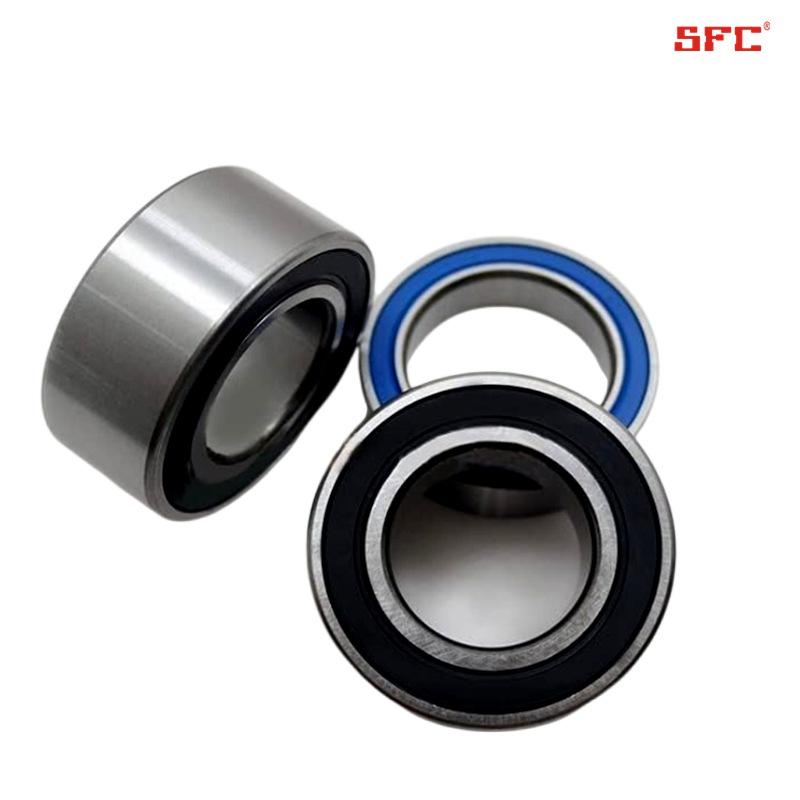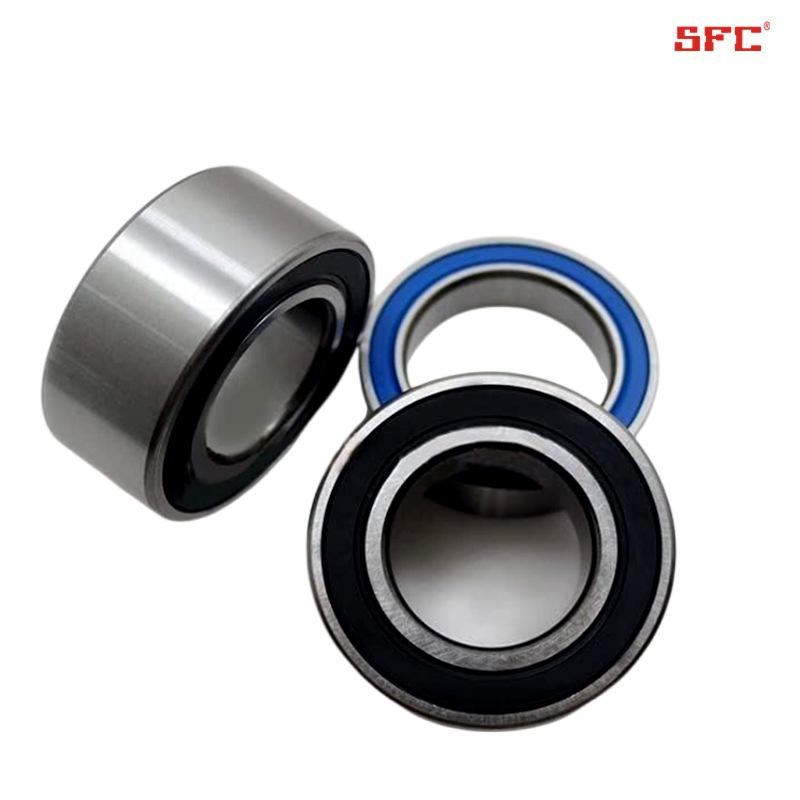The critical threshold for safe operation of liquid dynamic pressure bearings.
The reliability of liquid dynamic pressure bearings in high-speed rotating machinery is directly related to the overall lifespan and operational safety of the machine. Its core lies in maintaining a stable lubricating oil film - once the oil film ruptures, direct contact with the metal surface will quickly cause wear, temperature rise, and even catastrophic failure. So, how to accurately identify and avoid this' critical point '?
The key is to grasp two failure boundaries: insufficient oil film thickness and uncontrolled temperature rise. According to relevant technical documents, the minimum oil film thickness must be strictly greater than the sum of the surface roughness of the two friction pairs, otherwise micro protrusions will pierce the oil film, causing boundary lubrication or even dry friction.
Taking the design of steam turbine bearings as an example, in Scheme 1, insufficient oil supply and improper viscosity selection resulted in excessive operating temperature rise. Subsequently, by optimizing the aspect ratio of the bearings, adjusting the viscosity temperature characteristics of the lubricating oil, and strengthening the cooling system, the temperature rise was successfully controlled within a safe range. This indicates that reasonable structural parameters and fuel supply system design are dual guarantees for preventing failure.
In addition, stability analysis cannot be ignored. When the speed, load, or eccentricity exceeds the critical range, the oil film may become unstable, causing eddies or oscillations. Therefore, in the design phase, it is necessary to combine the Reynolds equation for dynamic simulation to ensure that the working point is far away from the unstable region.
In summary, the core strategies to avoid the failure of liquid dynamic pressure bearings include:
1. Accurately calculate and leave a margin for the minimum oil film thickness;
2. Reasonably select the viscosity and supply pressure of lubricating oil based on the working conditions;
3. Optimize the geometric parameters of bearings (such as clearance, aspect ratio);
4. Strengthen thermal management to prevent excessive oil temperature from causing a sudden drop in viscosity.
Only by systematically controlling these elements can equipment operate efficiently while avoiding the risk of oil film rupture.




